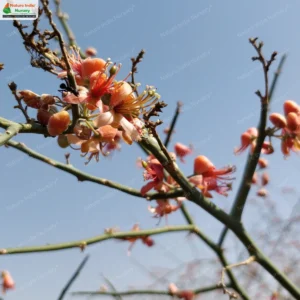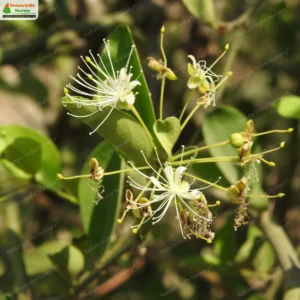Leea asiatica, commonly known as Asiatic Leea, is a shrub-like plant native to the Indian subcontinent, China, and Southeast Asia. It is a versatile plant with various uses and benefits, and its unique characteristics make it an interesting species to explore further.
The species is a suffrutescent undershrub with angular stems and pinnately compound leaves, featuring 3-5 leaflets that are ovate or ovate-oblong, serrate, and sharp-tipped. The plant produces small, greenish-white flowers that are borne in short cymes at the end of branches, followed by berry-like fruits.
Habitat
Leea asiatica thrives in moist deciduous and evergreen forests up to 1800 meters.
Planting and Care:
-
Light: Prefers partial shade to full sun, with indirect sunlight or filtered light being ideal.
-
Soil: Requires well-drained soil that retains moisture without becoming waterlogged.
-
Watering: Regular watering is necessary, especially during the growing season, to keep the soil consistently moist but not soggy.
-
Maintenance: Occasional pruning is beneficial to remove dead or damaged stems and maintain the plant’s appearance.
Additional Information:
-
Medicinal Uses: The root tuber is used to treat guinea worms, and the root with Boswellia serrata bark is used to create a paste for snake bites.
-
Hair Care: Leaf extract is used as a hair wash by the Chiru tribe in Northeast India.









